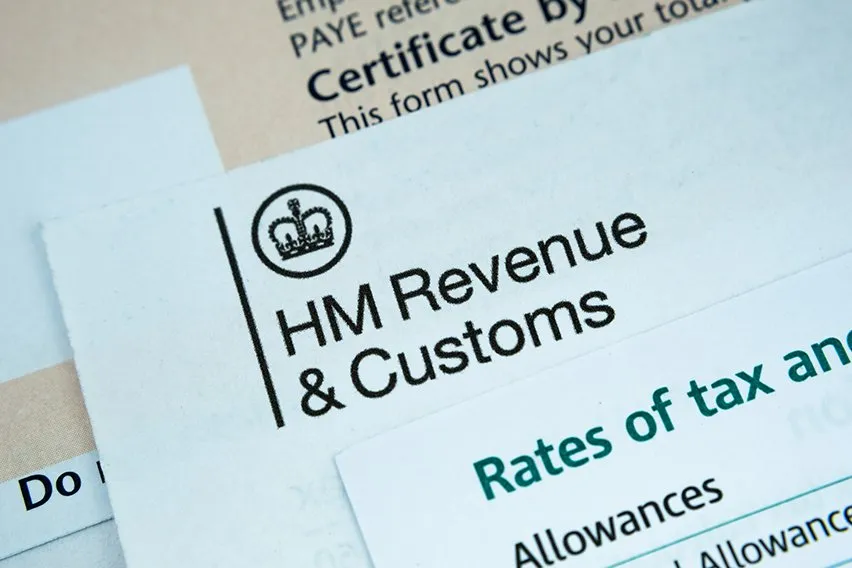Explaining CAPM Model (Capital Asset Pricing Model)

When investing, there is no such thing as a truly risk-free return. Investing involves assessing different levels of risk and taking chances. However, to minimize risk, investors seek a rate of return that makes the risk worth it. How is that able to be determined, though? Well, there exists a model that helps to make those decisions. It is known as the capital asset pricing model, or CAPM for short. If you’re looking to reduce the level of risk on your investments, keep reading to learn about this financial theory!
Here’s What We’ll Cover:
What is the Capital Asset Pricing Model (CAPM)?
What is the Capital Asset Pricing Model (CAPM)?
The capital asset pricing model commonly referred to as CAPM is a financial theory used by investors. It’s used to describe the relationship between risk and return. Specifically, it analyzes systematic risk. It’s normally used in reference to stocks. It’s used throughout finance in risky securities markets and predicting return on them.

Two Different Types of Risk
CAPM was developed by William Sharpe and introduced in his book, Portfolio Theory and Capital Markets. It focuses on modern portfolio theory and behavioural portfolio theory. It also set the precedent that there are two types of risk.
- Systematic Risk: The general market risks. These are going to exist within investing, and are a non-diversifiable risk.
- Unsystematic Risk: This is a specific risk. It relates to individual stocks rather than markets. Generally speaking, it means that a stock’s return may not correlate with market moves.
It is through this that we gain insight when it comes to diversified portfolios. A diversified portfolio helps reduce systematic risk, whereas a non-diversified portfolio increases it.
The CAPM Formula
By identifying these types of risks, the CAPM formula was created. It was developed to measure systematic risk. Sharpe found that the rate on an individual stock should equal its capital costs. The formula to determine this is the CAPM, and it explains the relationship between risk and expected return.
The below is the CAPM formula:
Ra = Rrf + βa (Rm – Rrf)
- Ra is the expected return on a security
- Rrf is the risk-free rate
- Rm is the expected market return
- βa is the beta of the security
- (Rm – Rrf) is the equity market premium
The starting point for CAPM is the risk-free rate, which is typically a 10-year government bond yield.
Investors expect to be compensated for risk, and the time value of money. As such, the risk-free rate in the formula accounts for that time value. The other components account for the investor taking additional risk.
The beta is a measure of how much risk the investment will add to a portfolio. The riskier the stock, the more the beta is worth. If the beta is riskier than the market, the figure will be higher than 1. If the beta is less risky than the market, the figure is lower than 1.
Once the beta has been determined, it is multiplied by the market risk premium. This is the return expected from the market above the risk-free rate. After this figure has been found, the risk-free rate is then added to it. This is the required return or discount required for the investor.
Issues with CAPM
The problem with CAPM is that it may not be entirely realistic. The modern market relies on two assumptions that may not be true to CAPM in every situation.
- Securities markets are competitive and efficient. This means that relevant information about companies is widely accessible and used quickly.
- Markets are ruled by risk-averse investors. They are looking to see satisfying returns on investment, not volatile ones.
CAPM also relies on an assumption that does not hold true in modern markets. It assumes that risk-free rates will remain constant over the holding period. However, this isn’t always true. When the risk-free rate increases, so does the cost of capital. This can make a stock look overvalued.

The Biggest Critique of CAPM
CAPM assumes that future cash flows can be estimated for the discounting process. If these estimates were able to be generated easily and accurately, then CAPM wouldn’t be necessary. It’s a paradox.
Key Takeaways
When it comes to investing, investors should always expect a minimum return. One of the ways of determining this return is the capital asset pricing model. Unfortunately, as time goes on, CAPM becomes outdated. The markets are more fluid now, as is information. As information becomes more quickly available, predictions become more volatile.
If you want more info on all things finance, be sure to check out our resource hub!
RELATED ARTICLES

 What Is VAT MOSS? Registration & Payment
What Is VAT MOSS? Registration & Payment What Is Employment Allowance? Rules & How to Claim
What Is Employment Allowance? Rules & How to Claim Sole Trader Advantages & Disadvantages
Sole Trader Advantages & Disadvantages What Are Capital and Reserves & How to Calculate in Balance Sheet
What Are Capital and Reserves & How to Calculate in Balance Sheet What Does Zero-Rated VAT Mean?
What Does Zero-Rated VAT Mean? What Is a Bank Transfer? Everything You Need to Know
What Is a Bank Transfer? Everything You Need to Know